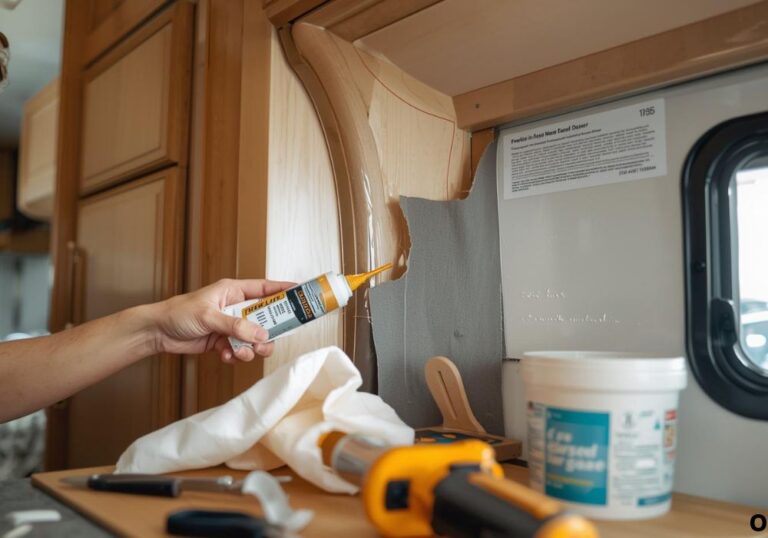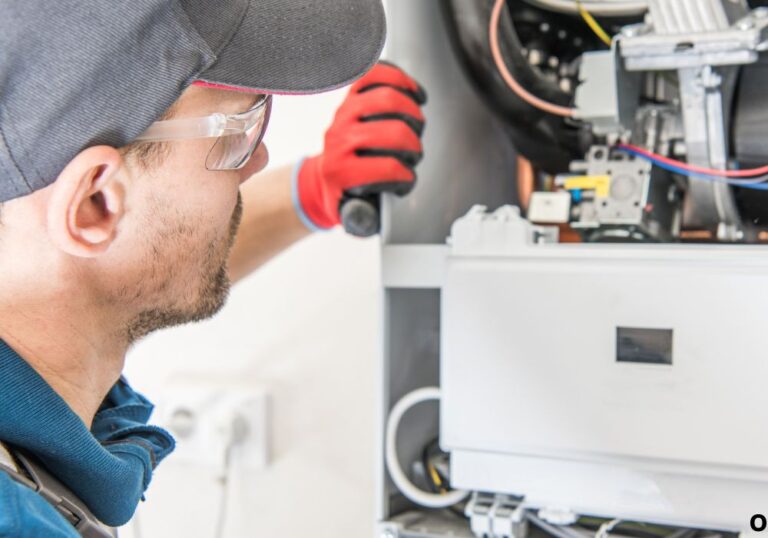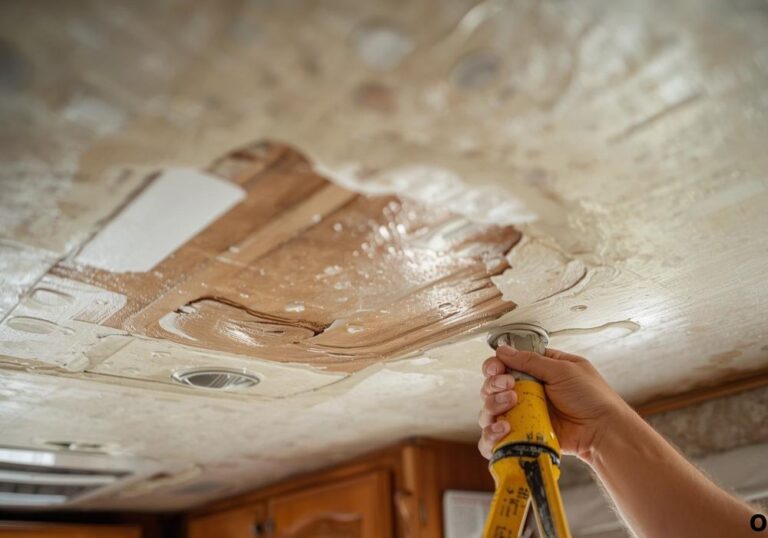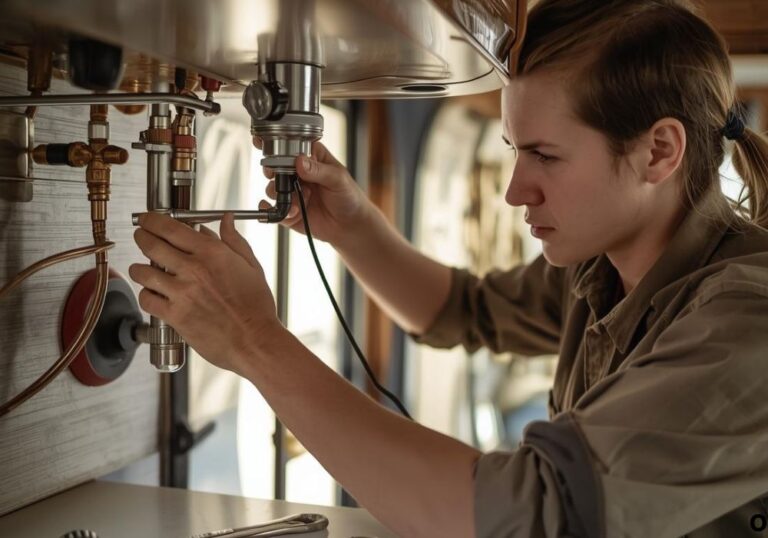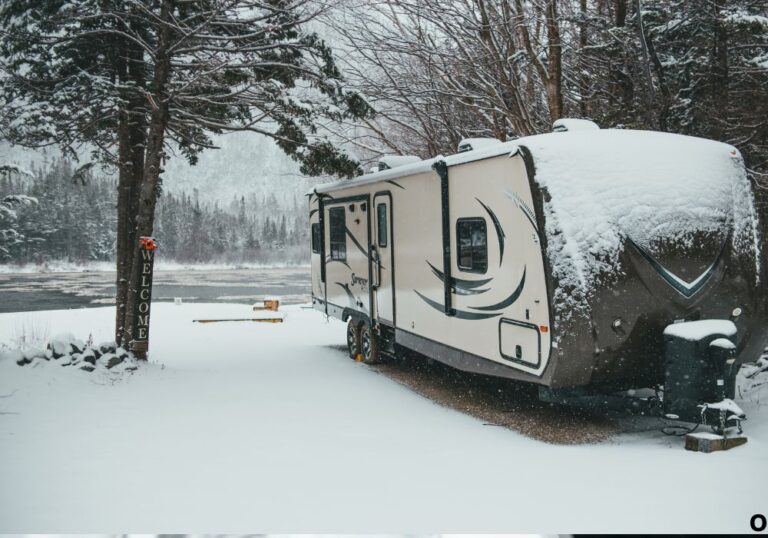How to Unfreeze RV Water Pipes Safely
When temperatures plummet below freezing, many RV owners face an all-too-common nightmare — frozen water pipes that cut off the entire water supply. One moment your faucet runs smoothly, and the next, nothing comes out. It’s more than an inconvenience; it’s a warning that your plumbing system could be in serious danger.
Every winter, thousands of RV owners deal with this exact problem. According to the Recreation Vehicle Industry Association, over 20% of winter RV service calls are related to frozen water systems — from cracked fittings to burst lines. The causes are simple: low temperatures, poor insulation, and lack of preparation.
Imagine waking up on a cold morning ready to make coffee, only to discover your water system has stopped. The pressure inside the pipes rises as the ice expands, turning a minor freeze into a major repair bill. The good news is that you can fix it safely with the right steps — and prevent it from happening again.
This guide explains how to unfreeze RV water pipes safely and effectively, using simple methods to restore water flow without damaging your system. You’ll also learn how to prevent future freezing, keeping your RV water lines protected all winter long.
What Happens When RV Water Pipes Freeze?

When water freezes inside your RV’s plumbing, it expands and creates intense pressure. That pressure can crack fittings, burst hoses, or split PVC lines, causing major leaks once the ice melts.
Frozen pipes can also damage the water pump and water heater connected to the system. According to industry experts, frozen RV pipes are among the leading causes of plumbing damage when temperatures drop below 32°F (0°C) for several hours.
Most RV plumbing runs through the underbelly, which often has limited insulation. When cold air flows beneath your RV, the exposed pipes freeze faster than expected.
How do you know if your RV water pipes are frozen?
When you open a faucet and hear gurgling or only a trickle comes out, your pipes are likely frozen. Frost on exterior pipes is another warning sign.
Why are RV water lines especially vulnerable to freezing?
RV plumbing often runs through outer walls or floors, which are not fully insulated against extreme cold.
What types of damage can frozen RV water pipes cause?
Expanding ice can split joints, crack elbows, or burst plastic pipes, resulting in leaks and costly repairs.
At what temperature do RV pipes typically freeze?
Most RV water lines start to freeze when exposed to temperatures below 32°F (0°C) for six to eight hours.
Should you turn on the water system if you suspect freezing?
No. Turn off the water pump to prevent pressure buildup that can worsen cracks or leaks when thawing begins.
Identify and Assess the Freeze Location in Your RV Plumbing
Finding where the freeze occurred is the first step in safely restoring water flow. Start by checking the faucets, underbelly, exterior water hookups, and storage compartments where plumbing lines are located.
If water flows from one faucet but not another, you’ve likely found the frozen section. The problem usually occurs in areas with the most exposure to cold air.
Which sections of an RV plumbing system freeze most often?
The freshwater hose, exterior hookups, underbelly lines, and tank valves are the most common freeze points.
How can you detect a frozen holding tank or valve?
If the tank won’t drain or you hear ice movement inside, it’s likely frozen solid. Avoid forcing the valve open.
What’s a safe way to check for cracks before thawing?
Inspect visible lines for bulging, frost, or uneven shapes. If a pipe looks expanded or distorted, relieve pressure before heating.
Should you skip thawing if the pipe is already cracked?
Yes. Thawing a cracked pipe can cause sudden leaks. Repair or replace damaged sections before applying heat.
Is checking the RV owner’s manual helpful?
Yes. The plumbing diagram helps you locate vulnerable areas and determine which sections may be exposed to freezing.
Safe Methods to Unfreeze RV Water Pipes

After identifying the frozen area, use gentle and controlled heat to thaw it. Avoid open flames or rapid heating, which can melt plastic pipes.
Safe heat sources include hair dryers, space heaters, and heat tapes designed for RV plumbing. Move the heat source slowly along the pipe to ensure even thawing.
Can a hair dryer or heat gun be used to thaw RV water pipes?
Yes. Keep it a few inches away and move it continuously along the pipe to avoid overheating.
What about using heat tape or heating cable?
Heat tape is effective and safe for RV pipes. Wrap it around the line and let it warm gradually.
Is a portable or propane heater safe to use?
Yes, if used cautiously. Keep it several feet from flammable materials and maintain ventilation.
Should you open faucets while thawing?
Yes. Opening faucets allows melting water to escape and relieves pressure in the line.
How long does thawing typically take?
It varies with temperature and pipe material, but expect 20 minutes to an hour for full thawing.
Preventing Future Freezes and Winterizing Your RV
The easiest way to avoid frozen pipes is to prevent freezing before it starts. Proper insulation, heated accessories, and winterization techniques are essential.
Use foam pipe wrap or heated hoses for exposed lines. RV skirting around the underbelly helps block cold air and wind.
What insulation or skirting options work best for RV plumbing?
Foam pipe insulation, heat tape, and custom RV skirting help maintain steady temperatures around pipes.
Should you let faucets drip during freezing weather?
Yes. Letting water flow slightly prevents ice blockages from forming inside the pipes.
When should you winterize your RV?
Before the first major freeze or when storing your RV for the season. Drain all lines and add RV antifreeze if necessary.
Are there modifications for full-time RV use in winter?
Yes. Consider installing tank heaters, insulated underbellies, and heated water lines for long-term cold-weather camping.
How much damage can a burst pipe cause in an RV?
A single burst pipe can lead to hundreds or thousands of dollars in repairs, including flooring and wall damage.
What to Do If Pipe Damage Occurs and When to Call a Professional
Even with careful maintenance, extreme cold can still cause damage. If water leaks after thawing or pressure drops unexpectedly, shut off the pump immediately and inspect.
Avoid DIY fixes for complex issues. Professional RV plumbers have the tools to detect hidden leaks and make safe repairs.
How do you know a pipe has burst instead of just frozen?
If water sprays out or keeps leaking after thawing, the pipe is likely burst.
Should you continue thawing if you suspect a crack?
No. Stop heating immediately and turn off the water supply to avoid flooding.
What are the risks of ignoring frozen or burst pipes?
Ignoring the issue can cause mold, rot, and permanent water damage inside your RV.
When should you contact an RV plumbing technician?
If the damage involves multiple lines, hidden pipes, or cracked tanks, call a professional as soon as possible.
Can regular inspections prevent freezing damage?
Yes. Checking the plumbing system throughout the season helps you catch minor issues before they turn serious.
Conclusion
Frozen RV water pipes can ruin a trip, but quick action and prevention make all the difference. Once you understand how freezing happens, it’s easy to stop it from causing expensive damage.
Identify the frozen area, apply gentle heat, and take preventive steps like insulation and winterization. With a few simple habits, you can keep your RV plumbing safe and enjoy stress-free winter adventures.
I’m David R. Coleman, the founder, lead writer, and lifelong tool enthusiast behind GarageToolPro.com. With years of experience in automotive repair, woodworking, and home DIY projects, I created this platform to share practical tips, detailed tool reviews, and step-by-step guides that help mechanics, hobbyists, and homeowners get the job done right the first time.

